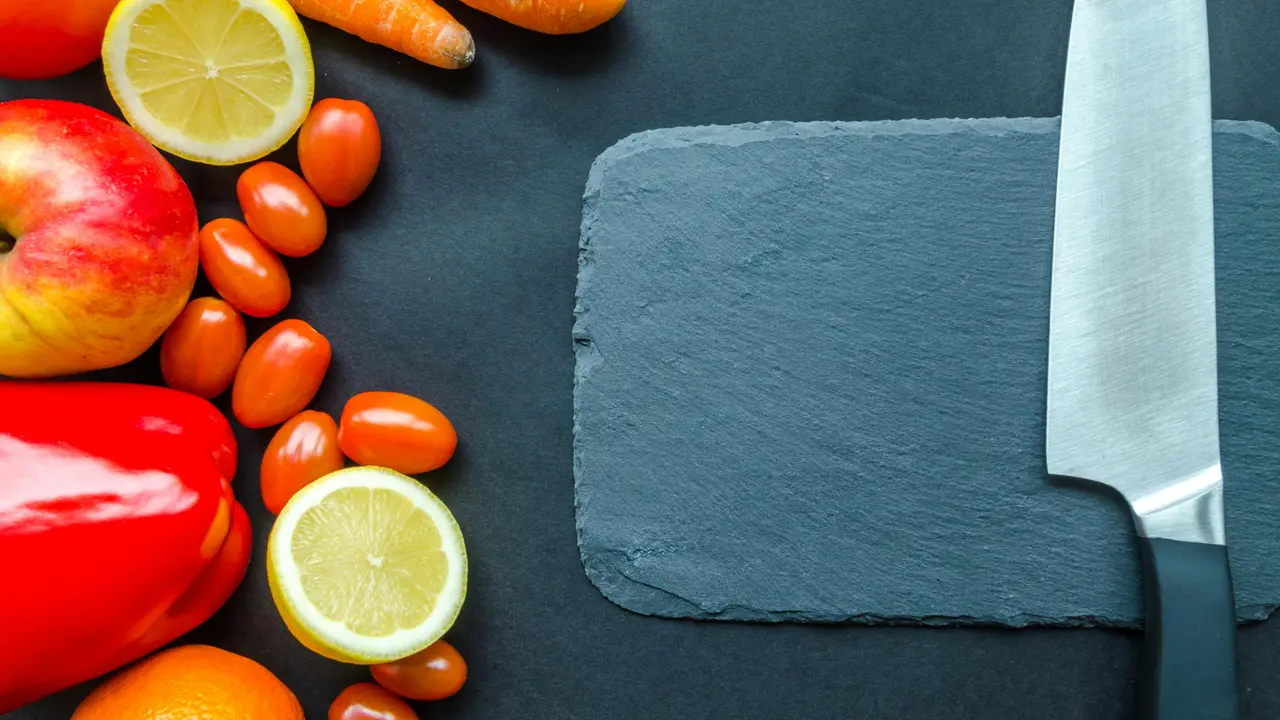When it comes to comparing starchy staples, many people wonder, “does rice or potatoes have more carbs?” This seemingly simple question can reveal surprising insights into our diets and how to make healthier choices. In this article, we will explore the carbohydrate content of rice and potatoes, their nutritional value, and how they fit into a balanced diet. Get ready to uncover the truth behind these two popular foods!
Understanding Carbohydrates: The Basics of Rice and Potatoes
What Are Carbohydrates?
Carbohydrates are one of the three macronutrients that provide energy for our bodies. They are primarily found in food sources such as grains, fruits, and vegetables. The types of carbohydrates vary largely and can be classified into:
- Simple Carbohydrates: These are sugars found in fruits, honey, and dairy. They provide quick energy but can lead to spikes in blood sugar.
- Complex Carbohydrates: Found in whole grains, legumes, and starchy vegetables, these carbs digest more slowly, providing sustained energy.
Carb Content in Rice
Rice is a staple in many diets worldwide and comes in various forms, such as white, brown, jasmine, and basmati. The carbohydrate content can vary slightly based on the type:
- White Rice: Approximately 45 grams of carbs per cooked cup.
- Brown Rice: Around 45 grams of carbs per cooked cup, but with more fiber and nutrients.
Carb Content in Potatoes
Potatoes are another popular staple, offering versatility in cooking and substantial nutrition. The carbohydrate content also varies by type:
- White Potatoes: About 37 grams of carbs per medium-sized potato.
- Sweet Potatoes: Roughly 27 grams of carbs per medium-sized potato, but with added vitamins and minerals.
A Comparison: Does Rice or Potatoes Have More Carbs?
Direct Carb Comparison
So, does rice or potatoes have more carbs? When comparing standard servings, white rice generally contains more carbohydrates than a medium-sized white potato. However, when considering the nutritional benefits and fiber content, brown rice and sweet potatoes offer more fiber and micronutrients, which can support a healthier diet overall.
Glycemic Index: How It Affects Carbs
The glycemic index (GI) measures how quickly carbohydrate-containing food raises blood sugar levels. Foods with a high GI can cause rapid spikes in glucose, while low GI foods provide more stable energy. Here’s a brief comparison:
- White Rice: High GI, leading to quicker spikes in blood sugar.
- Brown Rice: Medium GI, offering a more stable energy release.
- White Potatoes: High GI, but can be lower when consumed cold (as in potato salad).
- Sweet Potatoes: Low to medium GI, providing better blood sugar control.
Nutritional Profiles: Beyond Carbs
Vitamins and Minerals
While carbs are a significant factor in deciding between rice and potatoes, evaluating their vitamin and mineral content is essential:
- Rice: Contains small amounts of B vitamins and iron, particularly in brown rice.
- Potatoes: Rich in vitamin C, potassium, and B vitamins, especially in the skin.
Fiber Content: A Crucial Consideration
Fiber plays a crucial role in digestion and overall health. The fiber content varies significantly:
- Brown Rice: Approximately 3.5 grams of fiber per cooked cup.
- White Rice: Less than 1 gram of fiber per cooked cup.
- Sweet Potatoes: Around 4 grams of fiber per medium potato.
- White Potatoes: About 2 grams of fiber per medium potato, more when the skin is consumed.
How to Incorporate Rice and Potatoes into Your Diet
Balanced Meals
When considering “does rice or potatoes have more carbs,” it’s important to think about how these foods fit into a balanced meal. Pairing them with lean proteins and plenty of vegetables can create a nutritious dish. Here are some ideas:
- Rice bowl with grilled chicken, vegetables, and a savory sauce.
- Roasted potatoes with herbs, served alongside a green salad and fish.
- Stir-fried rice with broccoli and tofu for a vegetarian option.
Portion Control and Moderation
Regardless of your choice between rice and potatoes, portion control is vital. Be mindful of serving sizes and consider balancing your plate with other food groups to ensure a well-rounded meal. Listening to your body and understanding your dietary needs will guide you in making the best choices.
Conclusion
In conclusion, when considering the question “does rice or potatoes have more carbs,” white rice typically contains more carbohydrates than a medium-sized potato, but the choice should go beyond just carb counting. It involves evaluating the overall nutritional profiles, glycemic indexes, and how they fit into a balanced diet. Remember to prioritize whole grains and vegetables while moderating your portion sizes. If you found this information helpful, don’t hesitate to share it with friends or check out our other articles for more insights on healthy eating!
Carbs – Recent Articles
- How Many Carbs in Wheat Toast? Discover the Surprising Truth!
- How Many Carbs Does Coors Light Have? The Surprising Answer!
- How Long Does Q Carbo Last? Uncover the Truth Now!
- How Many Carbs Are in a Filet-O-Fish? The Surprising Truth!
- How Many Carbs in a Piece of Pumpkin Pie? Discover the Truth!
Carbs – Useful Links
- Harvard T.H. Chan — Carbohydrates (The Nutrition Source)
- Harvard T.H. Chan — Carbohydrates and Blood Sugar
- Oklahoma State University Extension — Carbohydrates in the Diet
- Colorado State University Extension (Food Smart Colorado) — Carbohydrates
- Mayo Clinic — Carbohydrates: How carbs fit into a healthy diet
